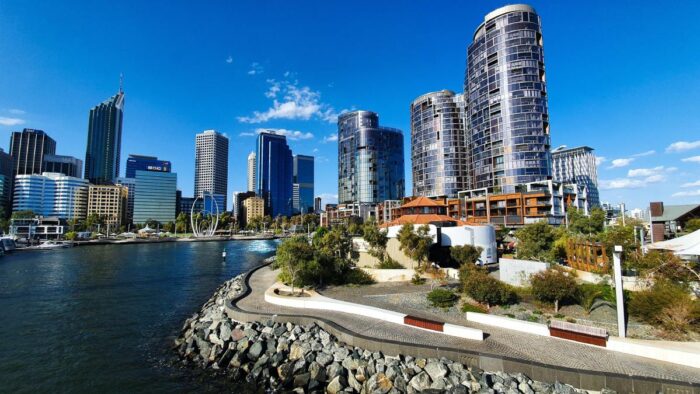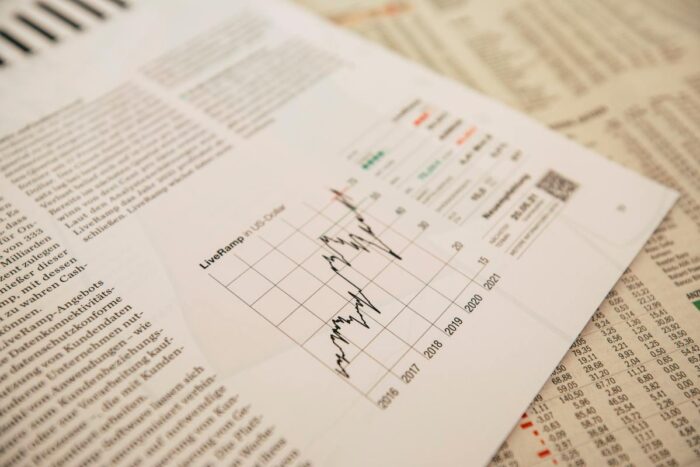Commercial
Australian real estate in 2023: What can you expect?
Published
06 December, 2022

What will Australian real estate in 2023 be like compared to 2022? Depends what you think Australian real estate looked like in 2022.
Ask three property investors what their experience was like in 2022, and you’ll get yourself three different answers…
One would say the Reserve Bank spoiled their excitement about getting into the market – and they won’t consider investing until the cash rate finds a ceiling. Another, rubbing their hands together and muttering, “A recession’s coming, a recession’s coming,” would tell you how relieved they are for dumping their property before the inevitable downturn. And the third would say how many opportunities are still out there for the commercial and residential investors bothering to keep a finger on the pulse.
Funnily enough, it’s the third investor who seems to be out of favour with the mainstream view of real estate investing in 2023.

From our point of view, it’s as if property buyers are waiting for the experts to make a move. Or perhaps waiting for the headlines to swing in the property market’s favour. Particularly on the west coast, a market which marches to the beat of its own drum.
Interest rates are causing headaches for homeowners, rental incomes are bolstering for commercial and residential landlords, and investors are still wondering, “Did that just happen?” when thinking back to the huge dwelling value gains of 2021. Some are brave enough to utter the word recession, while others are more practically tallying the key drivers to make an informed decision about where to invest – and what to invest in – in 2023.
So, what about it, 2023? Will you give us a period of boom or bust? Will you provide us some certainty, or will we be blinded by a period of uncertainty?
Let’s find out.
What to expect from Australian real estate in 2023?
Housing price slump (in the east)
The pace of property value decline is slowing, according to property data firm CoreLogic. Across the country, November values dropped by 1 per cent from the previous month, with the country’s median now $714,475.
But we’re not holding out hope for a complete reversal of east coast property prices. And the type of gains we saw over 2020 and 2021 are indeed squarely positioned in the rear-view mirror of the average east coast buyer. And east coast investors, who battle against the largest dwelling medians in the country ($1.257 million in Sydney; $993,000 in Melbourne), know it.
Case and point: the large number of east coast buyers looking north to Brisbane and west to Perth for their next property investment. More on that shortly.
Housing price resilience (in the west)

I’d mentioned buyers are waiting for headlines to swing in their favour. But those savvy buyers – with their sights on the west – are waiting for headlines to stop lumping WA with the rest of the country. Commentators are still referring to Australia’s plummeting property prices, when in fact it should be merely the east’s decline. The Perth property market outlook in 2023 is far different than Sydney’s or Melbourne’s.
WA is its own precinct, with considerably more modest price points, considerably higher average earnings potential, considerably lower mortgage amounts and considerably less competition (for the time being) than its Brisbane, Sydney and Melbourne counterparts.
CoreLogic, in its findings mentioned above, confirmed that Perth’s housing values remained flat in November 2022. This is obviously positive news, in light of what the east is experiencing. But even more positivity can be found from the experts who’ve seen a long-term slump or two (and offer their opinion that WA is not yet in one).
Speaking with the Sydney Morning Herald, West Australian property expert Gavin Hegney nailed it when he said, “When you’re second-cheapest property market in Australia there’s only really one way we should go – and that’s up.”
Read more of Gavin’s insights here.
Inflation rises to potentially stop
Australia’s inflation rate was pegged back in October 2022, providing an expectation that the rate of price rises may be capped. The headline for the CPI (Consumer Price Index) in October was 6.9 per cent, slowing from the 7.3 per cent reported in September.
If an easing inflation rate is here to stay, the Reserve Bank will likely reconsider their current streak of cash rate hikes.
Interest rates to rise further (but not forever)

As we saw this week, with yet another rate rise, we don’t yet know the ceiling of the RBA’s interest rate rises. Australia’s cash rate target currently sits at 3.10 per cent, the highest it’s been since November 2012, after the Reserve’s eighth straight rise.
Some are calling a peak interest rate of 3.35 per cent to be reached in February 2023. And if this occurs – or simply if we do see a peak early next year – then cautious buyers will perhaps reconsider their stance on the market’s uncertainty. For their sake, however, I hope their competition haven’t snapped up the best on offer – because there are always buyers looking for an opportunity… Especially in WA.
Eastern buyers to flood the western market
Let’s be honest. This is already happening. The east coast buyers are here, whether on the ground in Perth or using a property buyer’s agent to facilitate the purchase of one of the 8,642 residentials assets currently available in WA (as per today’s REIWA.com.au search).
Who knows? Perhaps this will spark action among the locals who still have cash to spare after missing two years’ worth of overseas holidays or are simply fed up with paying huge rental costs due to a severely (and scarily) undersupplied rental market.
Commercial rental growth to continue

And finally, the strong rental growth seen in the commercial property market is… drum roll… here to stay. Demand for Australian commercial real estate remains strong, largely thanks to foreign investors looking for a high-yielding asset to place their capital into.
Specifically, office and industrial premises are driving the most demand, with buyers claiming the high income on offer from ironclad lease agreements are offsetting the headwinds of rising interest rates. Not to mention the depreciating Australian dollar against the USD, which is causing many American and Singaporean investors to partake in whatever available high-quality stock they can find.
Keep an open mind
There’s no guarantee of any of this coming to fruition, of course. We, like every other property expert, do our best to forecast the market’s movements with the incredible amount of data at our fingertips. At the end of the day, buying your next (or first) property, or even investing alongside a property syndicator, comes down to how comfortable you are with your own financial position. That’s when it’s time to put away the crystal ball and listen to your financial advisor.
Happy new year, and happy property investing in 2023.



